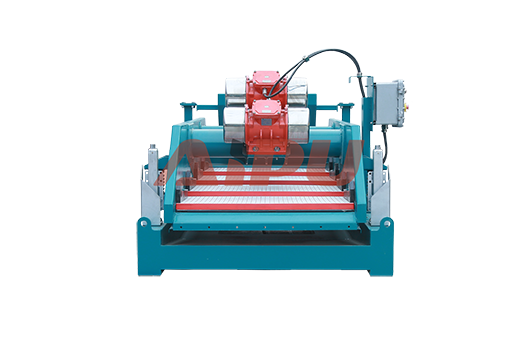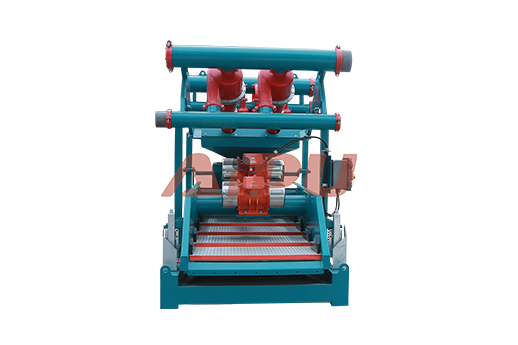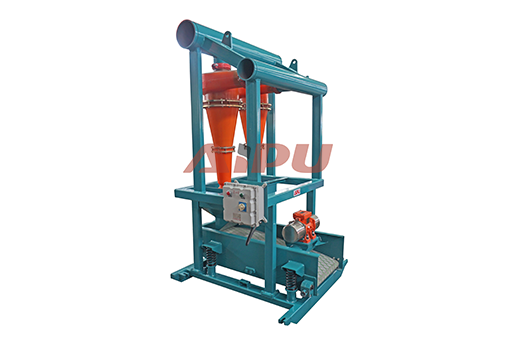How to Improve Fine Particle Separation on Shale Shaker
Improving fine particle separation on shale shakers is a critical challenge in modern drilling operations. As wells become more complex and environmental regulations tighten, efficiently removing fine solids from drilling fluid is paramount for maintaining fluid properties, protecting downstream equipment, and reducing overall waste. Traditional shaker screens often struggle with ultra-fine particles, leading to decreased performance and increased costs. By focusing on key operational parameters and technological upgrades, significant improvements in separation efficiency can be achieved, directly impacting the success and economics of the drilling process.
Optimizing Screen Selection and Condition
The choice of screen panel is the most fundamental factor. For fine particle separation, screens with a higher mesh count are necessary. However, a balance must be struck between cut point and fluid throughput. Using layered or composite screens, such as pyramid or pyramid-over-square designs, can enhance capacity and screen life. It is crucial to inspect screens regularly for tears or blinding. A damaged screen can bypass a massive amount of solids, nullifying any other improvements. Ensure screens are properly tensioned according to the manufacturer's specifications to maintain consistent performance.

Controlling Fluid Properties and Flow Rate
Drilling fluid properties have a direct correlation with shaker performance. Maintaining optimal rheology, particularly a strong enough low-end yield point, helps carry finer cuttings to the surface and supports their separation on the screen. If the fluid is too thin, fine particles may pass through the screen; if too thick, it can lead to screen blinding. Furthermore, managing the flow rate onto the shaker bed is essential. An overloaded shaker will result in a thick fluid bed that prevents proper stratification and separation of particles. Using a flow divider to distribute mud evenly across all shakers in operation is a highly effective practice.
Leveraging Shaker Motion and Deck Angle
Modern shale shakers offer adjustable motion and deck angle. For fine solids, a high-frequency, linear motion is typically most effective as it provides better conveyance and dewatering without fluid pooling. Adjusting the deck angle can also help; a steeper angle increases conveyance speed but may reduce retention time, while a flatter angle does the opposite. The optimal setting is a combination that creates a thin, evenly distributed fluid layer across the entire screen surface, allowing maximum fluid to pass through while solids are conveyed off the discharge end.
Implementing a Multi-Stage Separation Philosophy
Relying solely on the primary shale shaker for all solids control is inefficient. For a comprehensive solution, a multi-stage separation system is recommended. This involves using the primary shaker to remove the bulk of larger cuttings, followed by secondary and possibly tertiary equipment like desanders, desilters, and mud cleaners specifically designed for progressively finer particles. This approach relieves the load on the shaker screens, allowing them to be fine-tuned for the specific particle size range they handle best, resulting in a much cleaner drilling fluid overall.
For operators seeking reliable and high-performance equipment to achieve these improvements, Aipu offers a range of robust solids control systems. Their shale shakers are engineered for maximum screening efficiency and durability, making them an excellent choice for demanding applications where fine particle separation is a priority.






